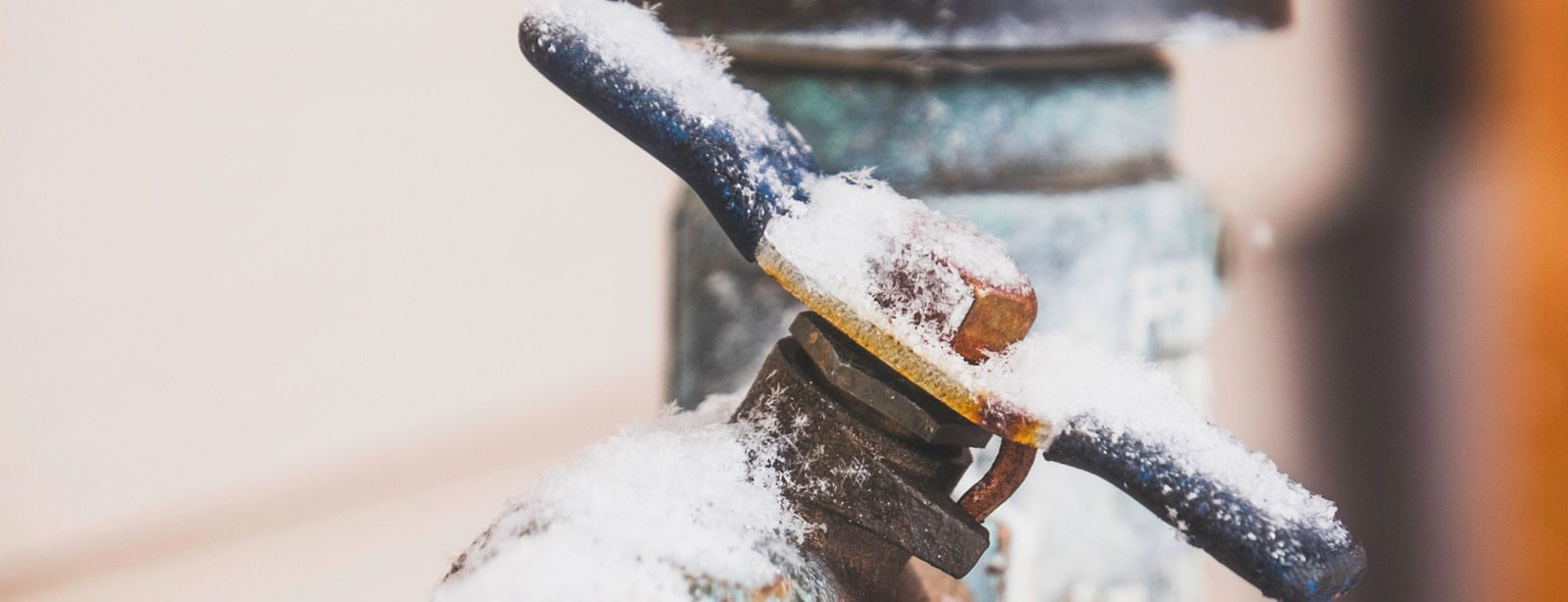This great article further down in relation to How to Prevent Your Pipes From Freezing is without a doubt insightful. Have a go and draw your own personal assumptions.

Winter can damage your pipes, particularly by freezing pipes. Right here's exactly how to stop it from happening and what to do if it does.
Intro
As temperatures drop, the danger of icy pipes rises, potentially resulting in expensive repair services and water damages. Understanding how to stop frozen pipelines is important for house owners in cool environments.
Recognizing Frozen Pipelines
What triggers pipes to freeze?
Pipes ice up when exposed to temperatures below 32 ° F (0 ° C) for extended durations. As water inside the pipelines freezes, it broadens, putting pressure on the pipe walls and potentially triggering them to rupture.
Risks and problems
Frozen pipes can lead to water system disruptions, property damage, and expensive repairs. Burst pipelines can flood homes and trigger substantial structural damages.
Indicators of Frozen Pipeline
Determining frozen pipes early can prevent them from rupturing.
Just how to recognize icy pipelines
Seek decreased water circulation from faucets, uncommon odors or sounds from pipes, and visible frost on subjected pipes.
Prevention Tips
Protecting prone pipes
Cover pipes in insulation sleeves or utilize warm tape to shield them from freezing temperatures. Concentrate on pipes in unheated or external locations of the home.
Heating methods
Keep interior spaces appropriately heated, particularly locations with pipes. Open up cupboard doors to allow warm air to flow around pipelines under sinks.
Safeguarding Outside Pipes
Garden tubes and exterior faucets
Separate and drain garden hoses before wintertime. Set up frost-proof faucets or cover outdoor faucets with shielded caps.
What to Do If Your Pipelines Freeze
Immediate actions to take
If you think frozen pipelines, keep taps available to ease stress as the ice thaws. Make use of a hairdryer or towels taken in warm water to thaw pipes slowly.
Long-Term Solutions
Architectural adjustments
Consider rerouting pipelines far from outside walls or unheated areas. Include extra insulation to attics, basements, and crawl spaces.
Updating insulation
Purchase top quality insulation for pipelines, attic rooms, and walls. Correct insulation helps keep consistent temperatures and decreases the risk of frozen pipes.
Conclusion
Preventing frozen pipes requires positive actions and quick reactions. By understanding the causes, signs, and safety nets, home owners can protect their plumbing during cold weather.
5 Ways to Prevent Frozen Pipes
Drain Outdoor Faucets and Disconnect Hoses
First, close the shut-off valve that controls the flow of water in the pipe to your outdoor faucet. Then, head outside to disconnect and drain your hose and open the outdoor faucet to allow the water to completely drain out of the line. Turn off the faucet when done. Finally, head back to the shut-off valve and drain the remaining water inside the pipe into a bucket or container. Additionally, if you have a home irrigation system, you should consider hiring an expert to clear the system of water each year.
Insulate Pipes
One of the best and most cost-effective methods for preventing frozen water pipes is to wrap your pipes with insulation. This is especially important for areas in your home that aren’t exposed to heat, such as an attic. We suggest using foam sleeves, which can typically be found at your local hardware store.
Keep Heat Running at 65
Your pipes are located inside your walls, and the temperature there is much colder than the rest of the house. To prevent your pipes from freezing, The Insurance Information Institute suggests that you keep your home heated to at least 65 degrees, even when traveling. You may want to invest in smart devices that can keep an eye on the temperature in your home while you’re away.
Leave Water Dripping
Moving water — even a small trickle — can prevent ice from forming inside your pipes. When freezing temps are imminent, start a drip of water from all faucets that serve exposed pipes. Leaving a few faucets running will also help relieve pressure inside the pipes and help prevent a rupture if the water inside freezes.
Open Cupboard Doors
Warm your kitchen and bathroom pipes by opening cupboards and vanities. You should also leave your interior doors ajar to help warm air circulate evenly throughout your home.

I came across that post on Preventing and dealing with frozen pipes when doing a lookup on the web. Sharing is caring. Who knows, you will be helping someone out. I take joy in reading our article about How To Avoid Freezing Pipes.
Click Here